
Making tangerine yanggaeng
I made a good tangerine yanggaeng with tea food of green tea that is good and bitter as a holiday gift.
6 serving
Within 999 minutes

밀키
- Ingredients
-
-
Tangerine11ea
-
agar15g
-
white sediment250g
-
Sugar300g
-
Water100cc
-
Sugar1cup
-
Water1ea
-
- Cooking Steps
-
STEP 1/5I soaked the tangerine in a special detergent, cleaned it well with running water, and blanched it once in boiling water. Cut it like a picture with a knife and scoop out the insides with a teaspoon. Add water and sugar to the tangerine peel and boil it down.
 STEP 2/5Grind the filling from the tangerine in a blender and strain it through a sieve. The picture in the middle is a picture of agar powder. Put 100cc of water in a pot, put agar powder for a while, put it on a gas stove, stir it with a whisk or spatula, add sugar, and boil it until agar powder melts and becomes transparent.
STEP 2/5Grind the filling from the tangerine in a blender and strain it through a sieve. The picture in the middle is a picture of agar powder. Put 100cc of water in a pot, put agar powder for a while, put it on a gas stove, stir it with a whisk or spatula, add sugar, and boil it until agar powder melts and becomes transparent. STEP 3/5If you add the tangerine juice and boil it, this becomes jelly.(Of course, jelly needs to be reduced in agar.) Add the sediment, mix well with a whisk, and simmer over high heat. The longer you stir and boil it, the more transparent and pretty it becomes, but if you boil tangerines for a long time, the vitamin seeds will be destroyed, so boil them only until the color is transparent. As I wrote the recipe, I thought it would have been sour if I added lemon juice.
STEP 3/5If you add the tangerine juice and boil it, this becomes jelly.(Of course, jelly needs to be reduced in agar.) Add the sediment, mix well with a whisk, and simmer over high heat. The longer you stir and boil it, the more transparent and pretty it becomes, but if you boil tangerines for a long time, the vitamin seeds will be destroyed, so boil them only until the color is transparent. As I wrote the recipe, I thought it would have been sour if I added lemon juice. STEP 4/5Scoop the yanggaeng with a ladle in a cup of tangerines boiled down in sugar. It's more chewy if you harden it at room temperature for about three hours and harden it in the refrigerator for about three hours. I think it's better not to store tangerine yanggaeng for a long time. After storing it for three days, moisture came out of the red bean jelly. The texture was the best when it was chewy and firm.
STEP 4/5Scoop the yanggaeng with a ladle in a cup of tangerines boiled down in sugar. It's more chewy if you harden it at room temperature for about three hours and harden it in the refrigerator for about three hours. I think it's better not to store tangerine yanggaeng for a long time. After storing it for three days, moisture came out of the red bean jelly. The texture was the best when it was chewy and firm. STEP 5/5I put it in a box and gave it as a gift.
STEP 5/5I put it in a box and gave it as a gift.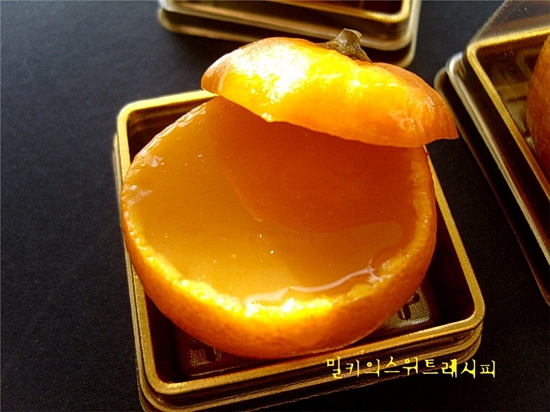
- Bulgogi Recommended recipe
-
-
1
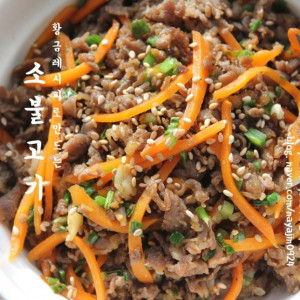 How to make beef bulgogi golden recipe without failure4.98(82)
How to make beef bulgogi golden recipe without failure4.98(82) -
2
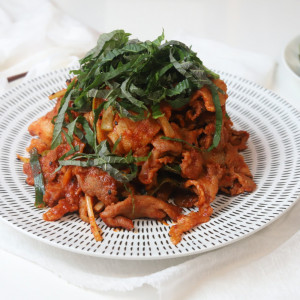 Pork red pepper paste bulgogi, cost-effective pork back-leg dish4.96(24)
Pork red pepper paste bulgogi, cost-effective pork back-leg dish4.96(24) -
3
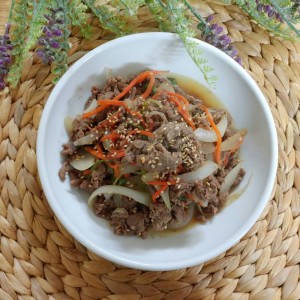 [Live Information Service] Awesome restaurant beef bulgogi golde4.89(45)
[Live Information Service] Awesome restaurant beef bulgogi golde4.89(45) -
4
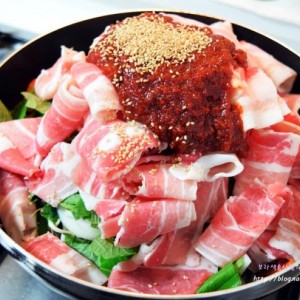 Recipe for Jongwon Baek bean sprout bulgogi4.88(24)
Recipe for Jongwon Baek bean sprout bulgogi4.88(24)
-
- stir-fried Rice Cake Recommended recipe
-
-
1
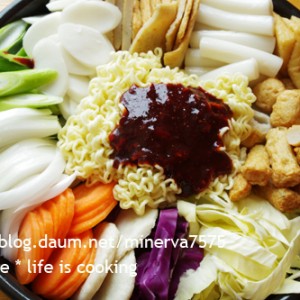 It makes you want to eat Tteokbokki4.75(53)
It makes you want to eat Tteokbokki4.75(53) -
2
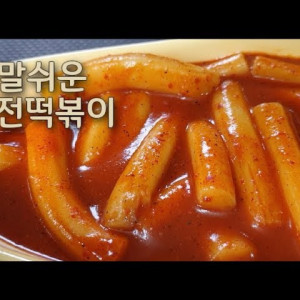 Shinjeon Tteokbokki Secret Recipe Simple Home Cooked Food4.89(28)
Shinjeon Tteokbokki Secret Recipe Simple Home Cooked Food4.89(28) -
3
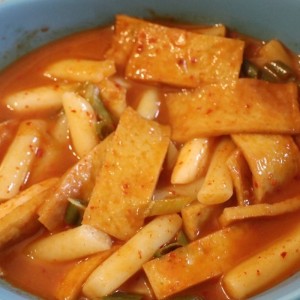 The soup tteokbokki, golden recipe. Gungmul is more delicious4.93(356)
The soup tteokbokki, golden recipe. Gungmul is more delicious4.93(356) -
4
 Super simple "Jongwon Baek style tteokbokki" (feat. the end of t4.94(53)
Super simple "Jongwon Baek style tteokbokki" (feat. the end of t4.94(53)
-